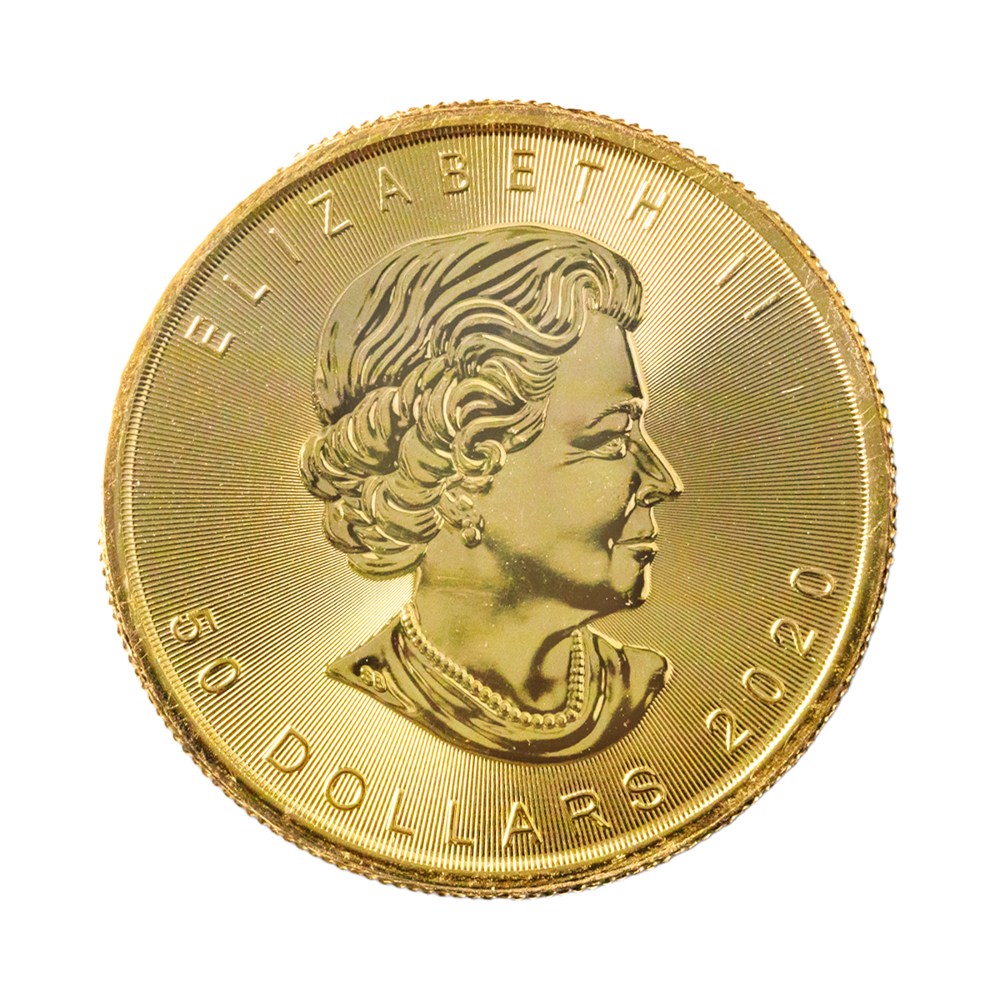Posted on February 15, 2021

Coin collecting as an investment continues to be popular today. A coin's investment value depends on a number of factors.
People have collected coins since ancient times, often as a means of preserving wealth. Today, coin collecting remains popular in the United States as both a hobby and as a serious investment. There are even organizations dedicated to numismatics (or the study of currency) in the United States such as the American Numismatic Society and the American Numismatic Association [1] [2].
If you are considering coin collecting as an investment, you will need to know what gives a coin its value. A few factors come together to determine a coin's value:
By looking at a coin's bullion value and numismatic value, you can determine if a coin is worthwhile as a coin collecting investment.
 When you're starting out with collecting coins for investment, your best bet is to start with a focus on bullion value. You can easily calculate the bullion value of a coin by multiplying the number of ounces of metal of that coin by the spot price per ounce of the metal at any specific time.
When you're starting out with collecting coins for investment, your best bet is to start with a focus on bullion value. You can easily calculate the bullion value of a coin by multiplying the number of ounces of metal of that coin by the spot price per ounce of the metal at any specific time.
While investing in rare coins can bring huge profits, it's harder to determine the collector market for a given coin in the future. However, if you invest in modern bullion coins, you can get started investing with coins that are both great precious metal investments and attractive products ” an important consideration for anyone collecting coins.
Look for modern bullion coins with high-grade silver or gold. Examples include:
Certain older coins offer good stores of bullion value, although in certain cases numismatic value will influence the price of these coins as well. American quarters and dimes minted before 1965 offer one example. These coins were produced with 90% silver content, so coin investors often purchase them for the metal content. You can even order a mixed bag of junk silver coins to fill in dates that are missing from your collection while you invest in silver.
Certain coins fall in between being numismatic and bullion investments. These coins, like American silver dollars and gold coins from before 1933, don't have a huge amount of collector value, but they do sell for prices higher than their raw bullion value. While these coins don't offer great investment possibilities in terms of growth, they hold value fairly well. They are also fun to collect from a historical perspective.
You can invest in a variety of coins predominantly as numismatic investments. While bullion value is still factored into the price of these coins, their rarity leads to collector value making up the majority of their final cost. You should research which coins are most in demand for collectors if you want to invest in coins for numismatic value.
Factors to consider when investing in coins with numismatic value include the following:
A coin does not need to cost you thousands to make a good investment for numismatic value. There are plenty of coins that offer interesting possibilities for collectors working within a budget. For example, the 1950-D Jefferson nickel can sell for over $70 in uncirculated grades because it is thought of as a key mint mark and date pairing. That amount is very high compared to both the bullion and face value of the coin, but it can still offer a reasonable price for collectors on a limited budget.
By considering a coin's bullion and numismatic value, as well as the condition it is in, you can determine if a coin makes a good investment.
Article Sources:
1. The American Numismatic Society. 'About,' http://numismatics.org/about/. Accessed September 20, 2020.
2. The American Numismatic Association. 'Our Mission,' https://www.money.org/our-mission. Accessed September 20, 2020.
3. United States Mint. 'Get Started Collecting Coins,' https://www.usmint.gov/learn/collecting-basics/get-started-collecting-coins. Accessed September 20, 2020.
4. United States Mint. 'Mint Marks,' https://www.usmint.gov/learn/collecting-basics/mint-marks. Accessed September 20, 2020.